Sensors already equip a range of tools to enhance monitoring capacity for conservation. Some of the higher bandwidth technologies, like camera traps and acoustic monitoring systems, have been essential elements of the conservation toolkit for decades, and thus have enough users that we've created dedicated WILDLABS groups to address them. But a whole range of lower bandwidth sensors beyond these core technologies are being increasingly integrated into conservation monitoring systems, and offer rich new insights into the wildlife and ecosystems we're all working to protect. As with many technologies, cost and access have historically been challenges to the adoption of new sensors, but with low-cost and open-source solutions on the rise, we're excited to see what the future of this space holds.
Getting Started with Sensors:
- Watch Shah Selbe's Tech Tutors episode on scaling FieldKit, an open-source conservation sensor toolbox, from a project to a successful conservation tech product.
- Check out our Virtual Meetup about Low-Cost, Open-Source Solutions in conservation tech, including a talk by Alasdair Davies on the Arribada Initiative's work with thermal sensors in early warning systems.
- For a more in-depth introduction, watch the first video in our datalogger mini-series: Freaklabs: How do I get started with Arduino?
In this group, you'll meet others who are using and innovating diverse sensors in their work, discuss ways to make sensors more effective & accessible for conservationists, learn about what sensors are already helping us accomplish in the field, and have the opportunity to ask and answer questions. Join this group to get started!
Header image: Emma Vogel, University of Tromsø
- @tmcgrath
- | He / Him
Geographer, Program Manager, Engineering Manager
- 0 Resources
- 1 Discussions
- 11 Groups
A Marine Conservationist based in Malaysia
- 0 Resources
- 0 Discussions
- 5 Groups
Lecturer and researcher interested in rural applications of Interaction Design. Spent more than a decade teaching in Asia-Pacific (India, China, Singapore, Australia); now based at Glasgow School of Art's rural campus in Forres, Scottish Highlands.
- 0 Resources
- 0 Discussions
- 5 Groups
Snow Leopard Trust



- 0 Resources
- 44 Discussions
- 6 Groups
- @kricherds
- | she/her
Technologist. Civic Science Fellow & Data Inclusion Specialist at OEDP.

- 0 Resources
- 0 Discussions
- 14 Groups
British-Costa Rican | Interested in transdisciplinary research in Planetary Health amongst other things

- 0 Resources
- 1 Discussions
- 13 Groups
- @NinaTuttie
- | She
An avid learner interested in wildlife ecology, conservation technology and community development
- 0 Resources
- 0 Discussions
- 8 Groups
Ol Pejeta Conservancy
- 0 Resources
- 2 Discussions
- 8 Groups
- @KiaraHaylock
- | She/Her
PhD in Animal Ecology and Behavioural Physiology. Interested in the movement, behavioural and physiological responses of animals to environmental variability.
- 0 Resources
- 0 Discussions
- 13 Groups
20+ years traveler and management consultant turned tech founder and conservationist. Founder & CEO of ZAMBEZI ZERØ; super intelligence to safeguard biodiversity.
- 0 Resources
- 0 Discussions
- 15 Groups
African Parks
- 0 Resources
- 0 Discussions
- 9 Groups
World Wide Fund for Nature/ World Wildlife Fund (WWF)

- 0 Resources
- 12 Discussions
- 15 Groups
PhD position available at the University of Konstanz in the Active Sensing Collective Group!
28 March 2025
We are hiring for a customer support / marketing specialist.
20 February 2025
Osa Conservation is launching our inaugural cohort of the ‘Susan Wojcicki Research Fellowship’ for 2025, worth up to $15,000 per awardee (award value dependent on project length and number of awards given each year)....
10 February 2025
New paper - "acoupi integrates audio recording, AI-based data processing, data management, and real-time wireless messaging into a unified and configurable framework. We demonstrate the flexibility of acoupi by...
7 February 2025
The Conservation Technology Laboratory within the Population Sustainability department is seeking two fellows for summer 2025
5 February 2025
Conservationists use tools like drones, satellites, and camera traps to monitor ecosystems and scale their impact. But new challenges like transparency, funding gaps, and engagement remain. Web 3.0 technologies offer...
28 January 2025
The worst thing a new conservation technology can do is become another maintenance burden on already stretched field teams. This meant Instant Detect 2.0 had to work perfectly from day 1. In this update, Sam Seccombe...
28 January 2025
The Zoological Society of London's Instant Detect 2.0 is the world's first affordable satellite connected camera trap system designed by conservationists, for conservationists. In this update, Sam Seccombe describes the...
21 January 2025
Over the years, a large number of developments have gone up in the area that I live in and the municipality is not doing what they should when it comes to upholding the laws that have been put in place to protect the...
20 January 2025
The Marine Innovation Lab for Leading-edge Oceanography develops hardware and software to expand the ocean observing network and for the sustainable management of natural resources. For Fall 2025, we are actively...
6 October 2024
Join the team at FieldKit, an open-source software and hardware sensor platform, and help us validate the quality and usability of the FieldKit platform.
25 September 2024
July 2024
event
16 Products
Recently updated products
117 Products
1 R&D Projects
81 Organisations
Recently updated products
Recently updated R&D Projects
Recently updated organisations
| Description | Activity | Replies | Groups | Updated |
|---|---|---|---|---|
| Thanks Phil - I have e-mailed you.Peter |
|
Animal Movement, Sensors | 3 weeks ago | |
| One of our goals with explorer.land is to bridge satellite data and on-the-ground perspectives — helping teams combine field updates,... |
|
AI for Conservation, Geospatial, Open Source Solutions, Sensors | 1 month ago | |
| True, the US ecosystem is a challenging space right now, for basically all sectors. We should not let the US chaos prevent us from engaging with opportunities in other... |
|
AI for Conservation, Camera Traps, Connectivity, Drones, Emerging Tech, Ethics of Conservation Tech, Marine Conservation, Sensors | 1 month ago | |
| Hi WILDLABS Community,I’m Simon Juma from Kenya, working on a project to track and manage Red-billed Quelea birds, which... |
|
AI for Conservation, Sensors | 2 months ago | |
| Thank you! I will follow up by email. |
+8
|
Animal Movement, Conservation Dogs, East Africa Community, Geospatial, Sensors, Women in Conservation Tech Programme (WiCT) | 2 months 1 week ago | |
| Thanks Jack, that's an interesting repo. |
|
Sensors | 2 months 2 weeks ago | |
| Sure, Akio! Happy to answer!1. Yes, something like that. The few existing i guess applied already for GPS collar (literally collar) that usually for big cats and some other big... |
|
Sensors, Animal Movement, Open Source Solutions | 2 months 2 weeks ago | |
| How much does it cost to incorporate machine learning into your conservation drone geospatial analysis? How does it speed up your workflow... |
|
Conservation Tech Training and Education, Drones, Geospatial, Open Source Solutions, Sensors, Software Development | 2 months 3 weeks ago | |
| Thanks so much for all the advice!! This seems very achievable. We don't mind having the fibre optic fixed in place as we planned to have a shorter one specifically for this... |
|
Sensors, Marine Conservation | 2 months 3 weeks ago | |
| Hi Dan, Not right now but I can envision many uses. A key problem in RS is data streams for validation and training of ML models, its really not yet a solved problem. Any... |
|
Emerging Tech, AI for Conservation, Animal Movement, Build Your Own Data Logger Community, Camera Traps, Connectivity, Conservation Tech Training and Education, Data management and processing tools, Geospatial, Sensors | 3 months ago | |
| @Eric24 The use case is as I wrote to Patrick: "a parent unit in the centre of a conservation area which is to recieve one way packets from child sensor units spread around the... |
|
Sensors | 3 months 1 week ago | |
| Hi Lucille,Thank you for your reply! We’d be really interested in learning more about your developments. We’ll contact you soon to arrange a discussion.Thank you.Best regards,... |
|
Acoustics, AI for Conservation, Sensors | 3 months 1 week ago |
Tiny, Cheap, Modular Ant Sensor Development
3 August 2020 10:18pm
10 August 2020 3:37pm
here's an example of an early artistic prototype
https://youtu.be/W1TdSzt3ZbM
16 October 2020 4:05am
Amazing stuff Andrew! The dips in light idea made me think of exoplanet hunting straight away! Such a cool idea!!
Opportunity: Sustainable Development Goals Internship
13 October 2020 12:00am
#Tech4Wildlife News: Airdropping Sensors from Moths
13 October 2020 12:00am
Meet the Scientists of Black Mammalogists Week!
10 September 2020 12:00am
Tech Tutors: Creating Custom Hardware with Arduino
12 August 2020 1:26am
19 August 2020 2:23pm
Hey Akiba
Super excited for the talk tomorrow, I've only just discovered Arduino so I'm really keen to learn more!
I would be very grateful for any advice regarding using Arduino to programme AudioMoths. I'm potentially interested in exploring Arduino as I understand the Arduino Nano 33 BLE can be used to download self-taught models created on Edge Impulse?
Do you have any experience with Arduino used with Edge Impulse models? Due to 24hr activity of my subjects (human hunters), I need the AudioMoths 'listening' 24hrs, but ideally to save battery they will only be programmed to 'record' when identifying the correct sounds using trained data. Deployment will be 5 months in dense Amazon rainforest so getting the AudioMoths programmed for long durations would be incredible!
I'd appreciate any thoughts on this, thank you again!
Maxine
1 September 2020 11:44am
Hi Maxine.
I totally missed this post, but we'll be doing office hours once we kick off the Arduino series. In regards to your questions, at this moment, I don't see any environment to program the Audiomoth using the Arduino IDE and platform. You'd have to use a standard toolchain to program them which may be a bit daunting. I also haven't spent much time with Edge Impulse so I can't really comment on it.
It sounds like you're looking for a smart way to trigger your "audio trap" to record during a specific event. There may actually be a few potential solutions, especially if you are looking for human hunters. This could consist of motion detection, sound level detection, sound frequency detection (ie: chainsaws), photointerruption (think a chime when entering a shop), or many other ways. Perhaps we can discuss during one of the office hours. Or if you want to start a separate thread, it may be a good opportunity to brainstorm potential solutions.
Hope that helps.
Akiba
2 September 2020 11:28am
Hi Akiba
No worries, thanks for responding!
I'd love to delve into more detail on this once the new series has started and I have an idea of the tools and kit required! I think what you're proposing sounds like a real space and energy saver on the machines so very excited about this!
I'll look out for the series launch and definitely be in touch! :)
Thank you so much!
Maxine
Tech Tutors: How do I build bespoke conservation technology?
29 July 2020 9:06pm
20 August 2020 2:51pm
Hi Nigel
When talking about using switched regulators, does using e.g. 12V batteries with a 5V output extend the battery life or only slowly release the power so it doesn't short the device? I understand life-span is more to do with capacity and this is usually higher with voltage... but that's as far as my battery knowledge goes!
Any guidance would be greatly appreciated, thanks!
Maxine
21 August 2020 3:27pm
Hi Maxine,
A switched regulator rather than a fixed one doesn't use as much power trying to maintain a constant voltage. Most USB driven equipment will have internal power circuitry to reduce this further for the 3.3V etc that most chips require, so that if there are fluctuations in the 5V supply are of little consequence. This weblink gives you an explanation.
https://www.renesas.com/sg/en/products/power-management/linear-vs-switching-regulators.html
We built our own regulators at one stage but found the off the shelf ones that I highlighted in the talk generally only use an additional 5mA of current which on most remote solar/battery operating system is negligible.
Remember: Power in Watts= Volts x Amps so you will see less current drawn from your battery at higher voltage. Battery capacites are given in Ah or mAh which is the current multiplied by the operating time in hours.
Hope this helps and good luck with your work
Nigel
28 August 2020 4:43pm
Hi Maxine,
There are pros and cons to switching regulators and linear regulators. Linear regulators "throw away" the excess voltage in order to maintain a constant output voltage. This is wasteful, but on the plus side when the equipment is asleep then the linear regulator draws only microamps. A switching regulator is as high as 95+% efficient when running close to it's rated output, but when the equipment is asleep the quiescent draw might be in the milliamp range (1000x higher).
So linear regulators do best when they are powering equipment that sleeps a lot, and switchers do well otherwise, but you'd still need to do the sums. In general, switchers are most efficient when input and output voltages are not wildly different and the load is drawing not less than 5% of the rated current. Switchers can also be noisy, in the electrical sense. This can affect the quality of the data obtained, so some testing should be done. Choosing a switching regulator is more involved than choosing a linear regulator.
Thanks,
-harold
Designing a Camera Mount with FLIR and WWF
24 August 2020 12:00am
Laure Joanny Reviews: Tech Tutors' How Do I Repair My Camera Traps?
20 August 2020 12:00am
7 October 2022 6:13pm
Sustainable Fishing Challenges: Fishing Gear Innovations
19 August 2020 12:00am
Challenge: ElephantEdge
11 August 2020 12:00am
Metal Detecting Sensors for Anti-Poaching
10 August 2020 12:00am
Tech Tutors Recording: How do I get started with Arduino?
10 August 2020 12:00am
Sustainable Fishing Challenges: Fishing Vessels of the Future
4 August 2020 12:00am
Event: StreamingScience's #Tech4Wildlife Thursdays
 StreamingScience
StreamingScience
3 August 2020 12:00am
How do I use portable genomics in the field?
3 August 2020 12:00am
Tracking Wild Reptiles, Amphibians, And Their Temperatures
31 July 2020 12:00am
15 September 2023 11:02pm
16 October 2023 4:07pm
OpenCollar Update 2
7 May 2019 12:49pm
1 June 2019 12:14pm
Cool stuff Laurens! I'm closely following the open collar developments which triggers some ideas on what we could do for the river dolphins. Look forward to connect shortly! Cheers
28 August 2019 11:18am
Hey Laurens,
How did your field tests in Rwanda go?
Steph
30 July 2020 4:04am
Hi. I've been following the opencollar initiative and was wondering what the current status is. The project looks amazing!
How do I use a drone to capture radio-tracking data?
27 July 2020 12:00am
New article: Bridge et al. 2019 An Arduino-Based RFID Platform for Animal Research
17 July 2019 2:13pm
18 July 2019 2:33am
@TedHowardNZ is this something you could use?
18 July 2019 4:40am
Looks interesting.
Will explore more deeply when I have some more time.
Thanks very much
23 July 2020 11:16am
Hi all,
Some ETAG rfid-readers developped by Eli Bridge et al. are now avaible at https://www.labmaker.org/collections/earth-and-ecology/products/etag. The price is high, though: USD139.
Note that these are NOT sold by Eli's team: Eli made the design open-source so LabMaker updated and produced some.
Yvan
Interest in group order of ETag RFID readers
5 December 2019 8:05pm
23 July 2020 11:13am
Hi all,
Some ETAG rfid-readers are now avaible at https://www.labmaker.org/collections/earth-and-ecology/products/etag. The price is high, though: USD139.
Yvan
How do I build bespoke conservation technology?
20 July 2020 12:00am
Training Opportunity: Durrell Conservation Academy
 Durrell Conservation Academy
Durrell Conservation Academy
16 July 2020 12:00am
How do I repair my camera traps?
13 July 2020 12:00am
Kākāpō Dreaming: A Wildlife Drones Adventure
8 July 2020 12:00am
Era of the Condor: A Species' Future in Recovery (Part 3)
2 July 2020 12:00am
Era of the Condor: A Species' Future in Recovery (Part 2)
25 June 2020 12:00am
Seeking research projects related to monitoring wildlife behavior
20 June 2020 3:34pm
22 June 2020 8:54pm
Hi Ben!
I think we've had correspondence on Twitter in the past, but can't remember for sure... Anyways, I'm a primatology PhD student and do fieldwork in Madagascar studying lemurs (specifically Ranomafana National Park). My dissertation is on lemur vocal communication, but I am doing an applied chapter focused on passive acoustic monitoring as well. I've tested out a bunch of different PAM devices (ARU's-autonomous recording units) e.g., SongMeter, Swift, AudioMoth and am currently annotating call files and prepping a training dataset that I hope to begin using with an ML model to identify species-specific calls. Vocals are a great use-case with behavior and tech as you can sometimes ID contexts, individuals, etc based on acoustic structure or usage which would be really cool (albeit very complicated) to incorporate.
Also have some experience with camera-traps, and the area I work in in Mada is part of the TEAM network so I'm hoping to incorporate camera-traps and ARUs in the same area. I work with local researchers and students (via the Malagasy-run Centre ValBio research station) and am looking to develop community-led initiatives as well so I've got the low-cost, open-source interest as well.
I'll stop typing an essay now, but definitely would love to chat!! Feel free to message me on Twitter or email me (cbatist@gradcenter.cuny.edu).
23 June 2020 1:56am
I'd love to chat more! I'll be reaching out soon!
From Autonomous Cars to Aqualink: Developing a Reef Monitoring System
9 June 2020 12:00am
Event: Arm’s AI Virtual Tech Sessions
 Arm
Arm
9 June 2020 12:00am
Innovator Interview: Hack the Poacher
4 June 2020 12:00am











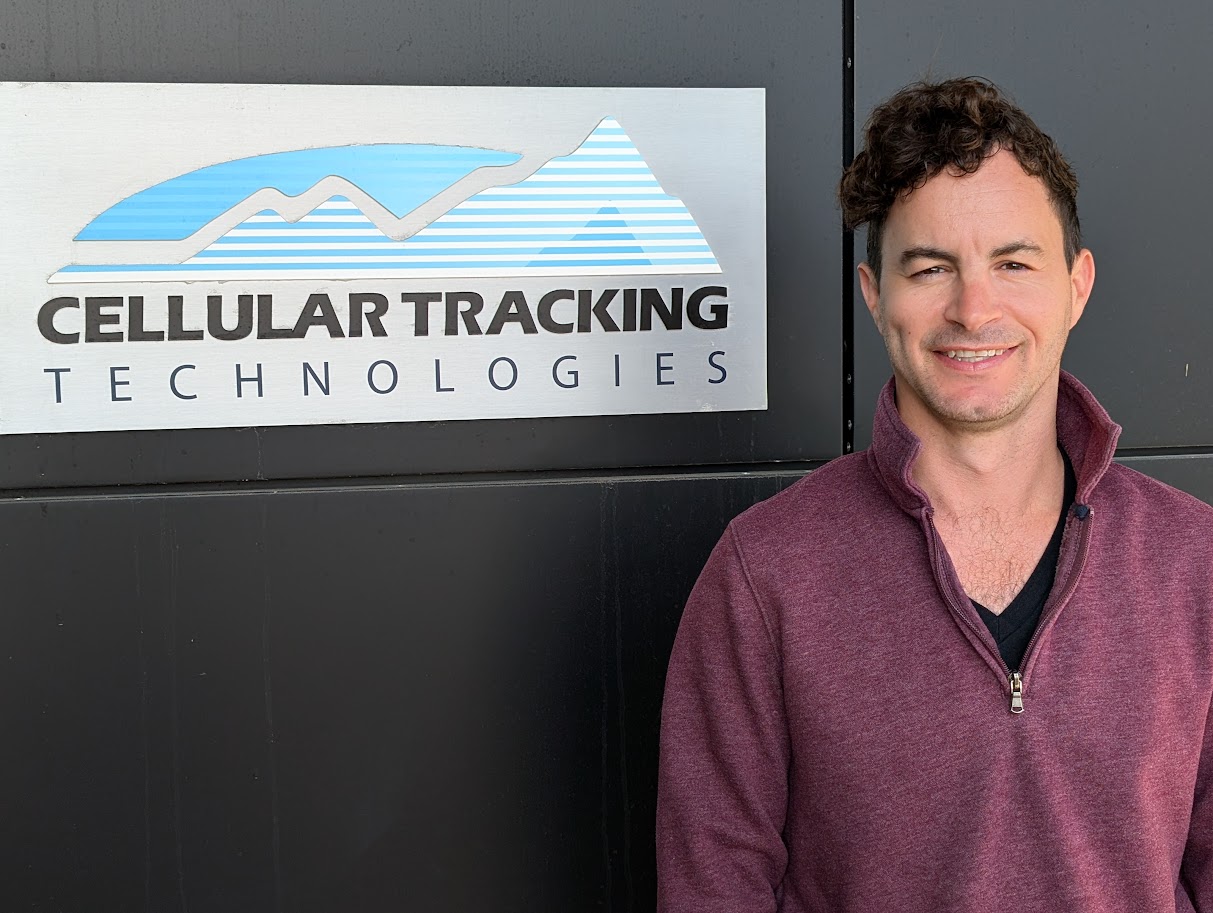
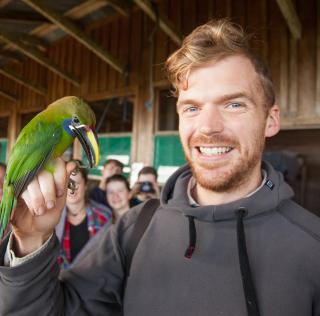
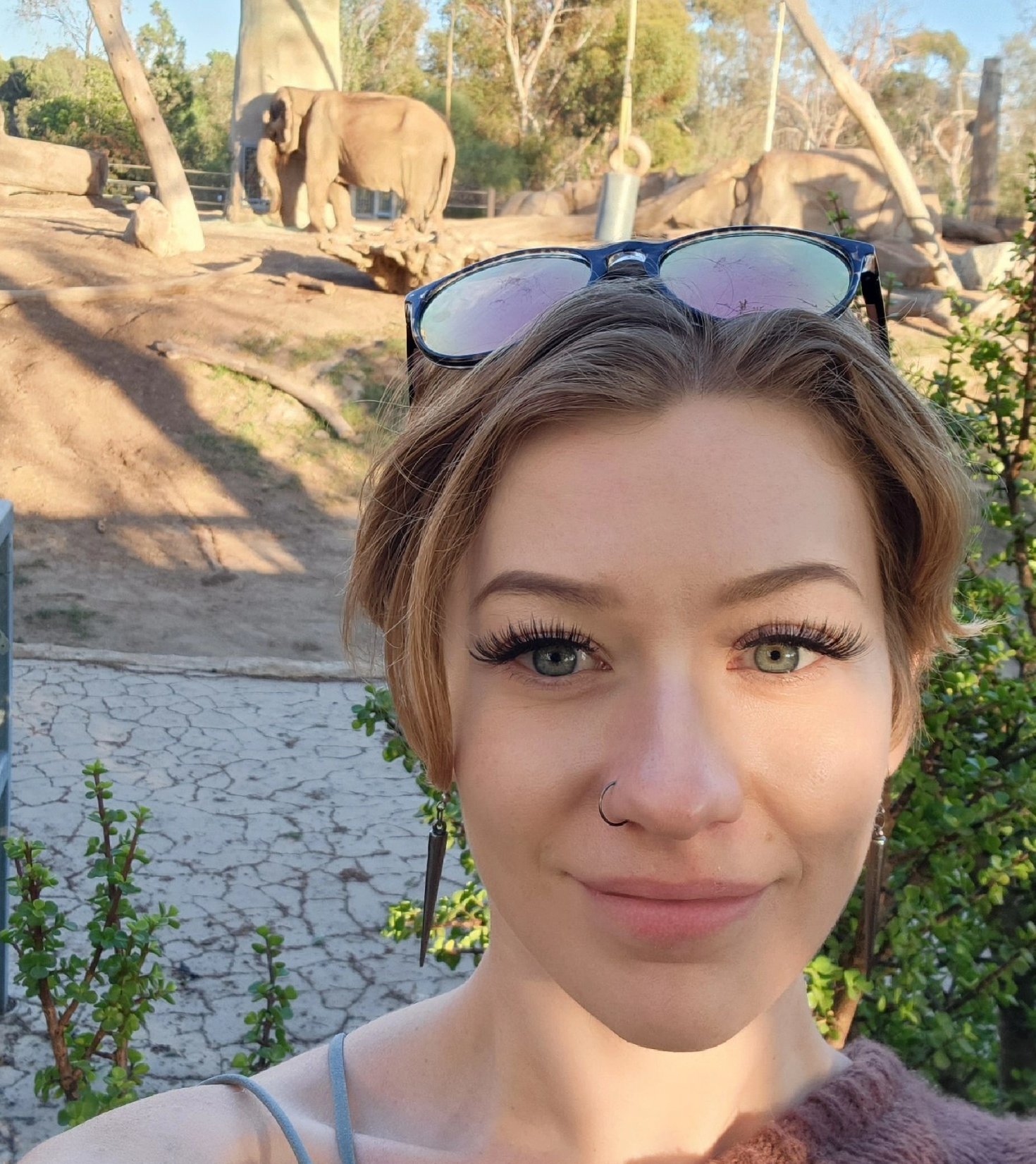

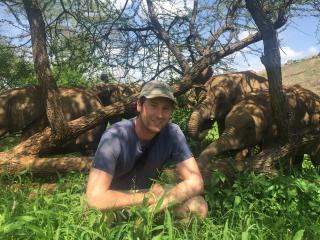
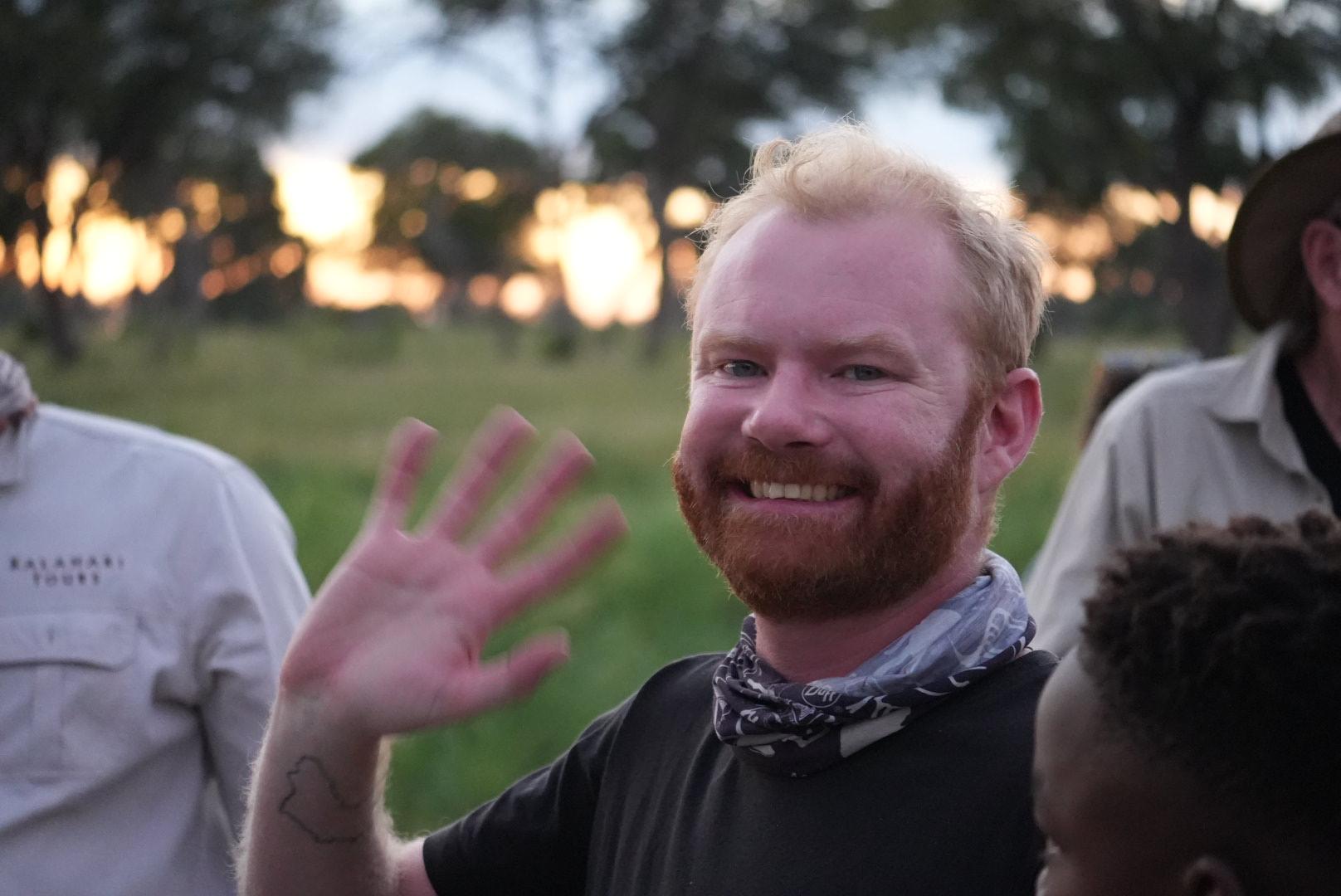




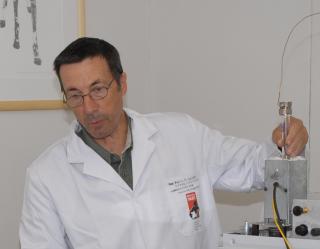








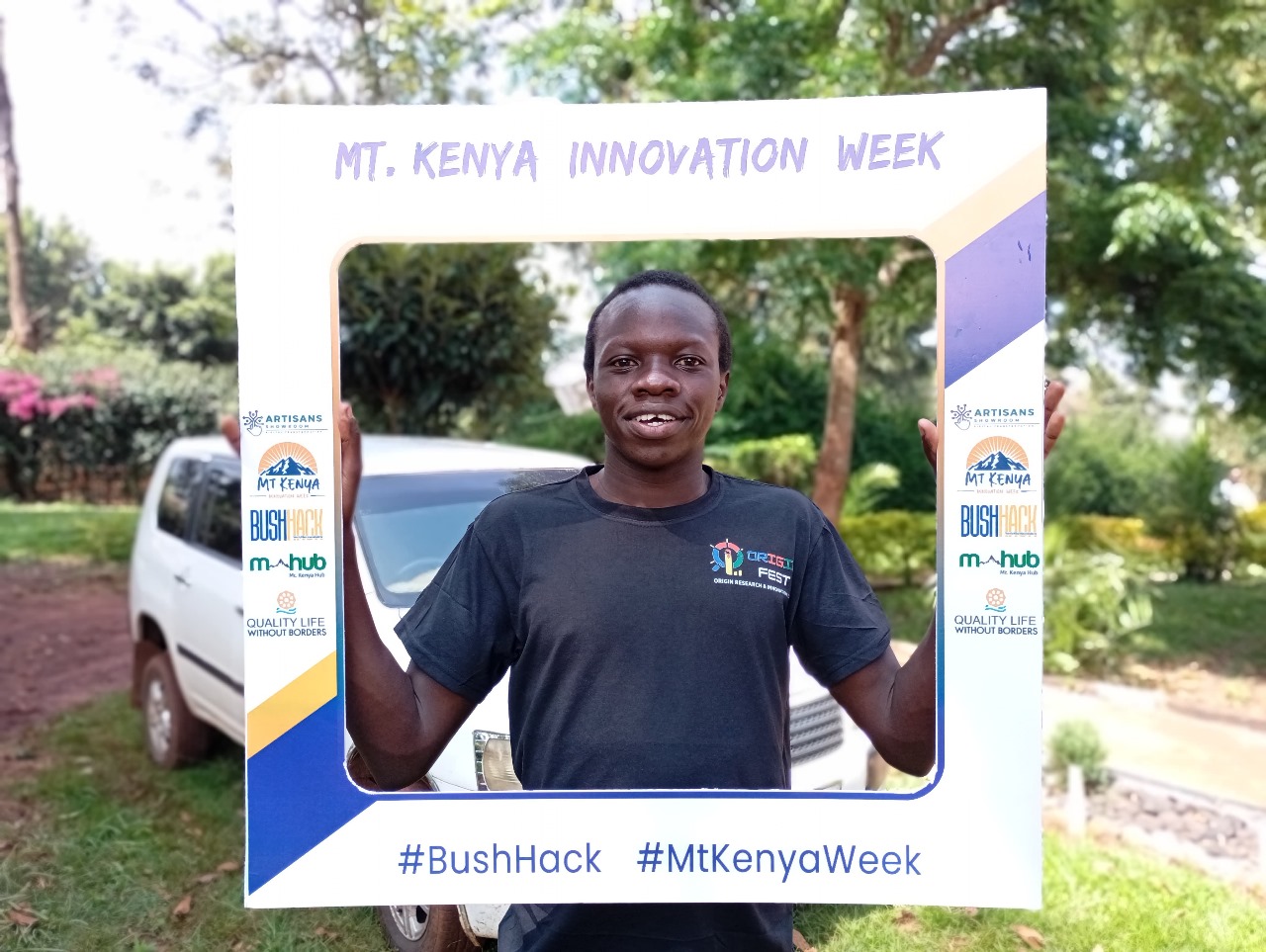















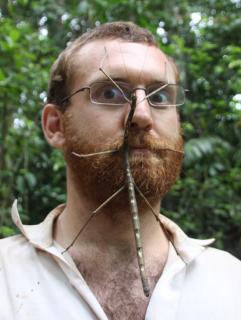








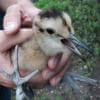


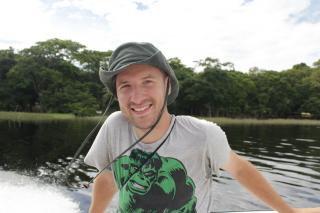

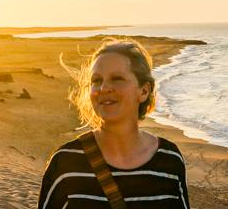







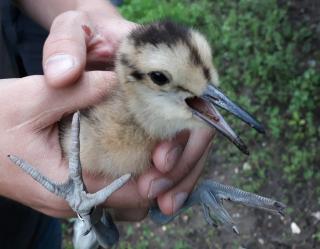



9 August 2020 11:30am
Hi Andrew,
I watched your vid and finally I've got a decent idea of what you're trying to do! Took a while but what can I say!
I absolutely agree that the machine vision techniques are overkill and that you're on to something here. It got me thinking about these red line lasers, which project a straight line onto a surface. These are used in place of chalk lines in construction sometimes. If you were to project a red laser line onto a tree branch, and focus an image of a length of that line onto a detector (LED), you could pick out the flicker in intensity as ants cross the line.
If you want to get fancy, you can use your optical mouse as the sensor, or a regular camera such as OV7660 for a couple of bucks. You'd bolt the laser to the camera such that no matter what surface you projected the line onto, the line would show up only as pixels on row 240 (say) of the image. Now it's a matter of watching the pixel values fluctuate. You can use the usual signal processing techniques to filter out the wrong frequencies. Use 2 laser lines on 1 camera and you can get ant travel direction too.